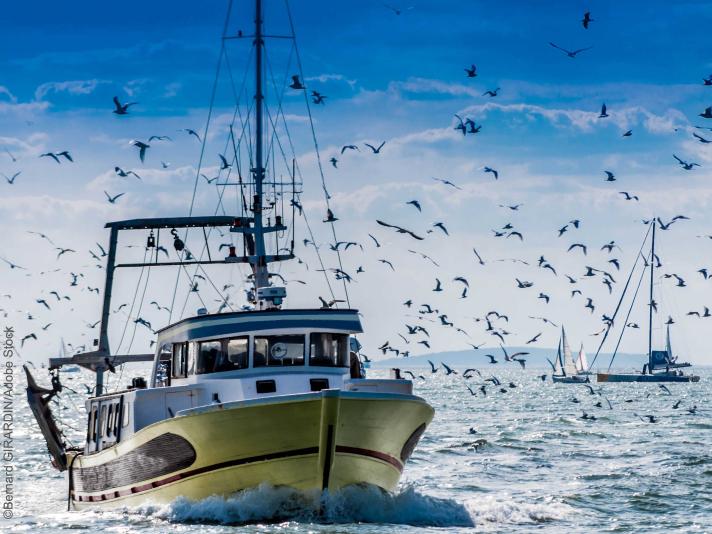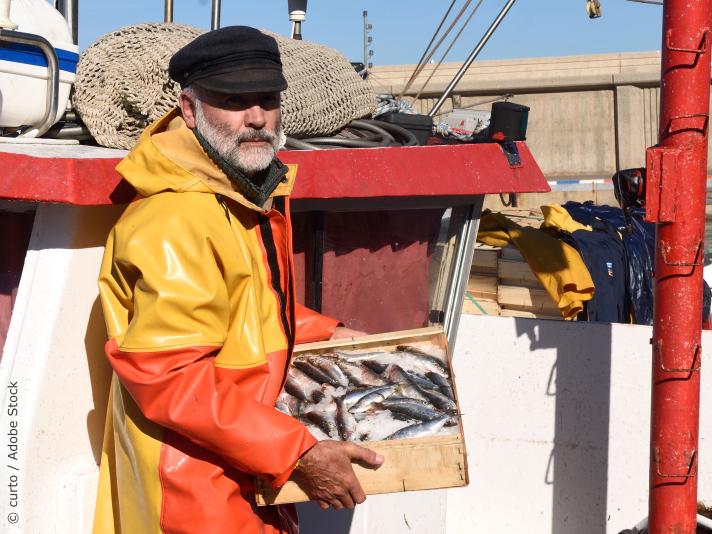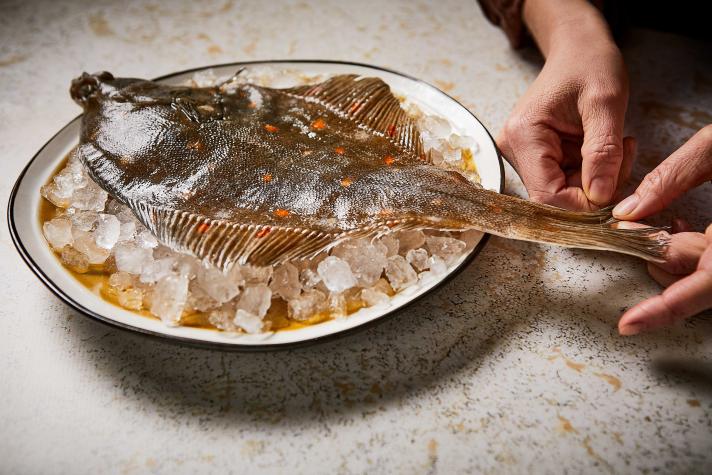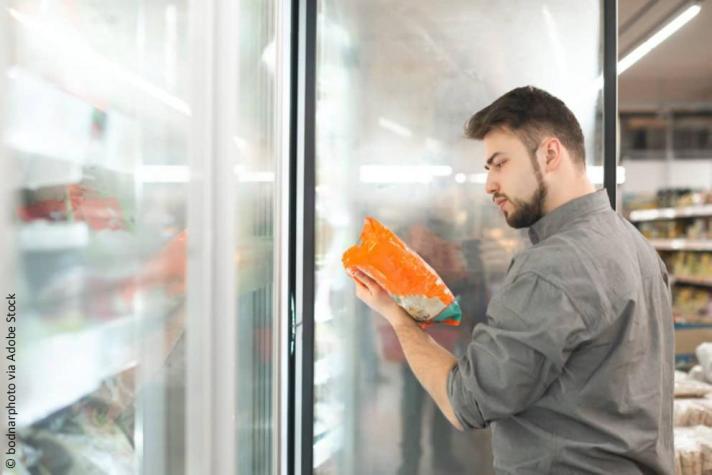1) Respect the seasonality
Seafood seasonality varies according to the time of the year when fish are most abundant.
Seasonality is different for each species and the location where it is fished, so always check before you buy - look for calendars with information about the seasonality of fish and seafood in your area!
2) Buy seafood of adequate size
When it comes to fish, size matters.
The EU’s fisheries policy and national laws put strict standards in place to avoid the commercialisation of fish below the minimum size.
Make sure you buy fish that is big enough.
For example, the minimum size for plaice in the North Sea is 27 cm.
3) Try species that are less consumed and species with healthy stocks
Try the unknown!
The 3 most consumed species in the EU are tuna, salmon, and cod.
But many other species are just as good and sometimes cheaper. By choosing less consumed species and knowing your options, you can help limit your impact on fish stocks.
How about trying an invasive species, like the blue crab or the lionfish? It could be a tasty solution to help reduce the pressure of these species on local biodiversity.
Not all fish stocks are in a good state. Some may be under heavy pressure. When you choose fish from a healthy stock, you are making an excellent choice for our planet!
4) Fresh or frozen, look for EU quality
Look for EU quality: the EU applies very strict standards before fish and seafood reach its market. The rules of the common fisheries policy are in place to guarantee that catches respect those standards: from the size of the fish to traceability - tracking fish from landing to retail sale.
Transparency is also very high. The labels on fish and seafood products, fresh or frozen, contain a wealth of information. Check the label to find out more about what you are putting on your plate!
5) Check the labels
In the EU, your fish and seafood come with a lot of information. Why? To enhance transparency and help consumers make the most informed choices possible.
Labels on fisheries and aquaculture products must display
- the commercial and scientific name of the fish
- the production method - if the fish caught at sea, in freshwater or if it was farmed
- where the fish was caught or farmed. For fish caught at sea, the label displays a code identifying the catch area. Do you need help to understand it better? Here is a map!
- which fishing gear was used to catch the fish. The type of fishing gear is very important when looking at the impact of fishing on the marine ecosystem. Selective gears help fish only the targeted species and sizes. This helps avoid by-catch (unintentional catch of marine animals and birds)
- if the product has been defrosted
- ‘Best before’ / ‘Use by’ date, to make sure you consume food that is safe
Special rules apply to prepacked and processed products. Check out our pocket guide to become a true label master!
Quality labels
Although there is no single EU quality label for fish and seafood, some aquaculture products carry the EU organic logo. This means that the product meets strict production requirements related to animal welfare, water quality and sustainable feed.




